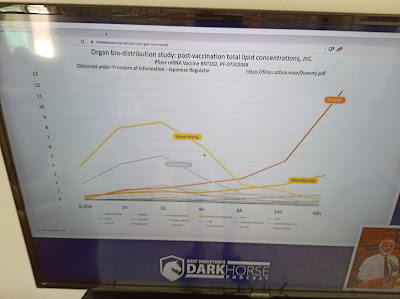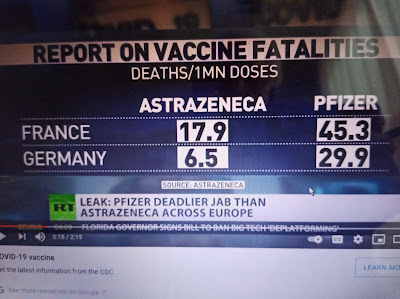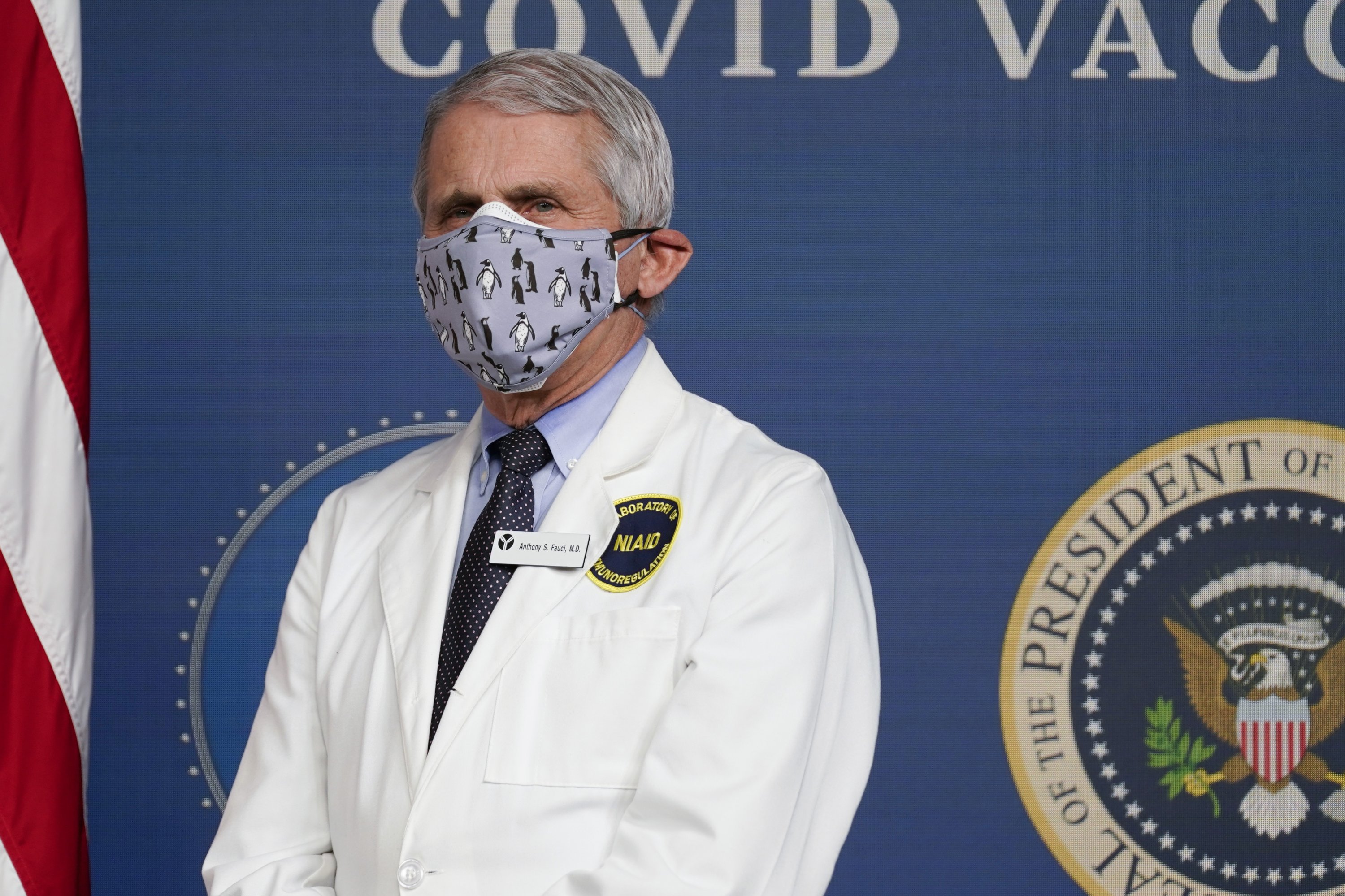The following study shows that real-life data support, with 95% confidence, twice as high a risk of death from the vaccination compared to COVID-19. When using drugs like Ivermectin for early treatment, the risk of death by vaccination ratio would be even higher, in my opinion.
The following quotations are excerpts from the study referred to below.
"The Safety of COVID-19 Vaccinations—We Should Rethink the Policy"
by Harald Walach, Rainer J. Klement and Wouter Aukema.
"Poznan University of the Medical Sciences, Pediatric Hospital, 60-572 Poznan, Poland2Department of Psychology, University of Witten/Herdecke, 58448 Witten, Germany3Change Health Science Institute, 10178 Berlin, Germany4Department of Radiation Oncology, Leopoldina Hospital, 97422 Schweinfurt, Germany;rainer_klement@gmx.de5Independent Data and Pattern Scientist, Brinkenbergweg 1, 7351 BD Hoenderloo, The Netherlands;"
From the Abstract
"Result: The NNTV is between 200–700 to prevent one case of COVID-19 for the mRNA vaccine marketed by Pfizer, while the NNTV to prevent one death is between 9000 and 50,000(95% confidence interval), with 16,000 as a point estimate. The number of cases experiencing adverse reactions has been reported to be 700 per 100,000 vaccinations. Currently, we see 16 serious side effects per 100,000 vaccinations, and the number of fatal side effects is at 4.11/100,000 vaccinations. For three deaths prevented by vaccination we have to accept two inflicted by vaccination. Conclusions: This lack of clear benefit should cause governments to rethink their vaccination policy. "
NNTV = Number Needed To Vaccinate; ADR = Adverse Drug Reactions; CI = Confidence Interval (95% under the Normal (Gaussian) Curve, or four Standard Deviations about the Mean)
"Thus, we need to accept that around 16 cases will develop severe adverse reactions from COVID-19 vaccines per 100,000 vaccinations delivered, and approximately four people will die from the consequences of being vaccinated per 100,000 vaccinations delivered. Adopting the point estimate of NNTV = 16,000 (95% CI, 9000–50,000) to prevent one COVID-19-related death, for every six (95% CI, 2–11) deaths prevented by vaccination,
we may incur four deaths as a consequence of or associated with the vaccination. Simply put: As we prevent three deaths by vaccinating, we incur two deaths.The risk–benefit ratio looks better if we accept the stronger effect sizes from the phase3 trials. Using Cunningham’s estimate of NNTV = 12,300, which stems from a non-peer reviewed comment, we arrived at eight deaths prevented per 100,000 vaccinations and,in the best case, 33 deaths prevented by 100,000 vaccinations. Thus, in the optimum case,we risk four deaths to prevent 33 deaths, a risk–benefit ratio of 1:8. The risk–benefit ratio in terms of deaths prevented and deaths incurred thus ranges from 2:3 to 1:8, although real-life data also support ratios as high as 2:1, i.e., twice as high a risk of death from the vaccination compared to COVID-19, within the 95% confidence limit."
"The risk–benefit ratio looks better if we accept the stronger effect sizes from the phase3 trials. Using Cunningham’s estimate of NNTV = 12,300, which stems from a non-peer reviewed comment, we arrived at eight deaths prevented per 100,000 vaccinations and, in the best case, 33 deaths prevented by 100,000 vaccinations. Thus, in the optimum case, we risk four deaths to prevent 33 deaths, a risk–benefit ratio of 1:8. The risk–benefit ratio in terms of deaths prevented and deaths incurred thus ranges from 2:3 to 1:8, although real-life data also support ratios as high as 2:1, i.e., twice as high a risk of death from the vaccination compared to COVID-19, within the 95% confidence limit." Emphasis added.
Link provided by Dr. John Day.
It should be obvious, for some time, that the entire vaccination campaign is questionable at best; it destroys the lives of too many people (short and long-term, as well as death), with little to show for but sinful profits for a few.






